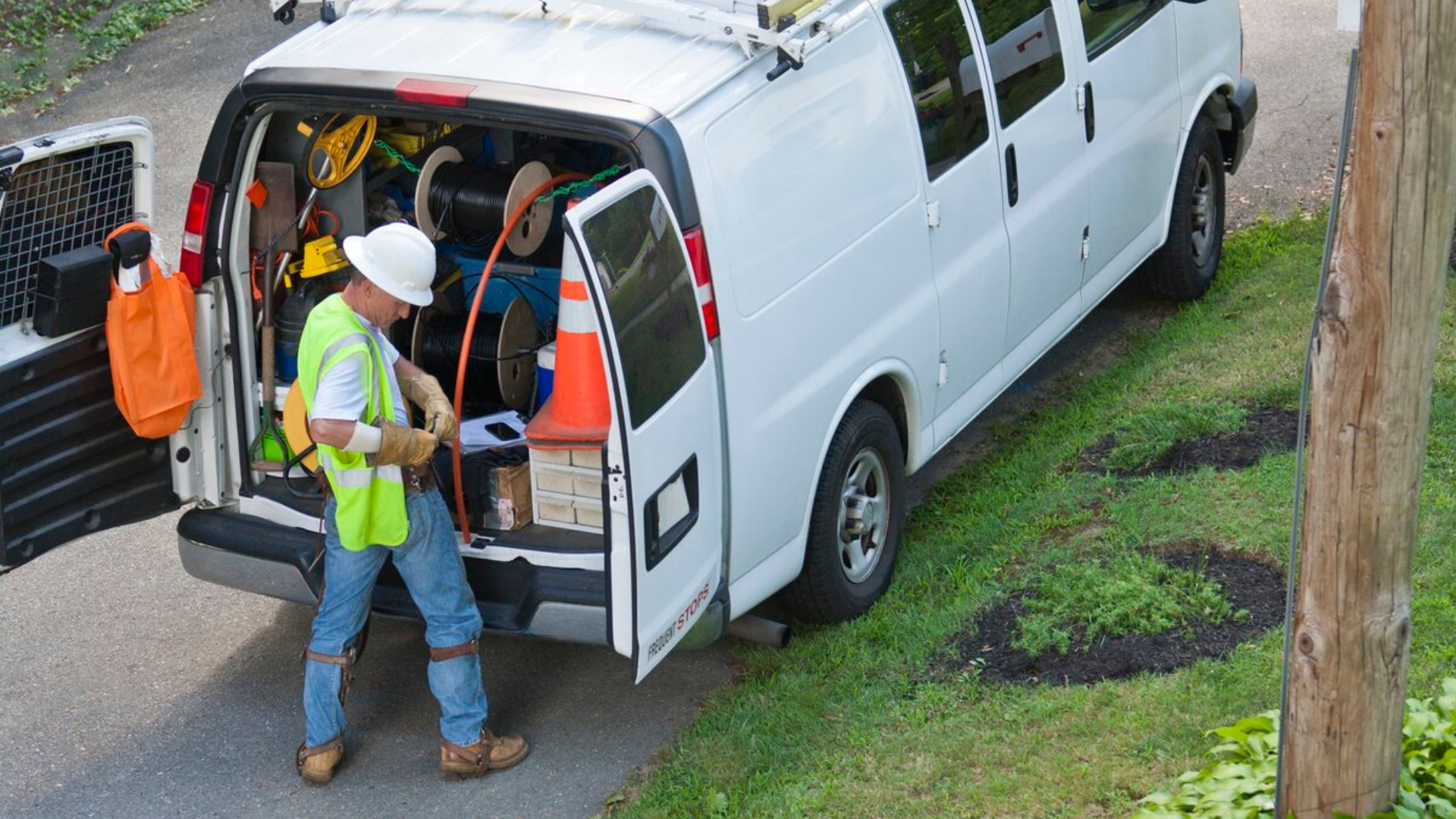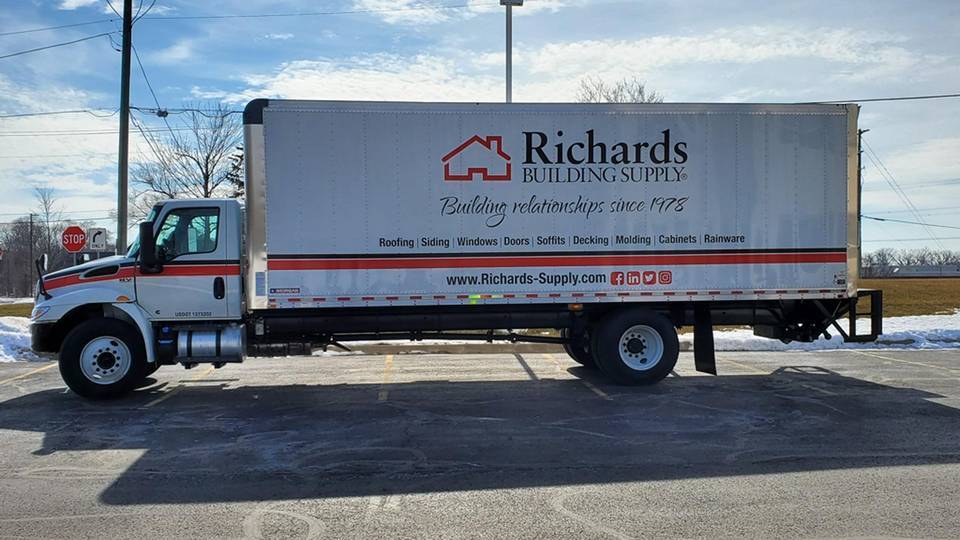How telematics insights can enhance safety for field service fleets

Nov 14, 2025

From facilities management and specialist contractors to field sales teams and professional services, field service fleets cover a diverse set of sectors. While operating in different industries, these fleets face a common set of safety challenges:
- Vehicles are primarily seen as a means of transporting skilled professionals to the job site, rather than as core assets requiring active management
- Drivers typically see themselves as technicians or operatives first, not professional drivers, which can make engagement with safety initiatives more challenging
- Customer SLAs can be demanding, placing time pressure on both route planners and drivers and increasing the risk of unsafe driving behaviours
In this context, health and safety teams can make great enhancements by developing data-driven safety programmes that proactively identify and reduce risk. By using telematics insights to identify emerging trends, pinpoint high-risk behaviours, and strengthen training and response protocols, field service fleets can better protect their drivers and enhance operational performance.
In this blog article, we look at how a proactive safety culture can benefit the entire organisation and consider the fundamental elements of such a programme.
The returns on safety
Fleets that prioritise safety often find that the benefits extend far beyond reducing incidents. A robust, data-informed safety programme helps build a culture where drivers feel genuinely valued and protected. This keeps people safe, improves morale, strengthens staff retention, and makes the business more attractive to new talent. When drivers see that their well-being is taken seriously, it fosters trust, loyalty and a shared commitment to safer operations.
At the same time, the business case for safety is clear. Fewer collisions mean lower costs – from repairs and vehicle hire to downtime and medical expenses. As insurance claims decrease in frequency and severity, fleets may also benefit from reduced premiums. Safer vehicles require less reactive maintenance, and smoother driving improves fuel efficiency, which cuts both costs and emissions. In many cases, the effects are transformative: a mature safety culture enhances not just performance, but also professionalism, sustainability, and reputation.
The essential elements of a robust safety programme

Enduring safety comes from actionable insights
Telematics insights help safety teams to turn strategy into action. From identifying early warning signs to uncovering systemic risks, teams gain the clarity to act quickly and effectively. Reactive processes can evolve into proactive systems that protect the business and its employees from the increased demands placed on them.
Field service fleets that prioritise safety will reduce collisions, protect lives, and strengthen their operations. A data-driven safety mindset then becomes a competitive advantage.
Download our free field service fleet safety ebook to learn how to take a data-driven approach for enduring safety and success
Subscribe to the Geotab Blog

Senior Marketing Specialist, SWE at Geotab
Table of contents
Subscribe to the Geotab Blog
Related posts

The fleet safety incentive programme checklist for driver engagement that lasts
November 26, 2025
2 minute read

The First 40 Days: How Richards Building Supply is rewarding safety and seeing driving improvements
November 20, 2025
2 minute read


How bus fleets can reduce risk with proactive driver feedback and coaching
November 3, 2025
2 minute read

Dash cams that protect driver privacy without missing key events
October 28, 2025
4 minute read

Why driver incentive programmes fail and what fleets can do about it
October 16, 2025
5 minute read